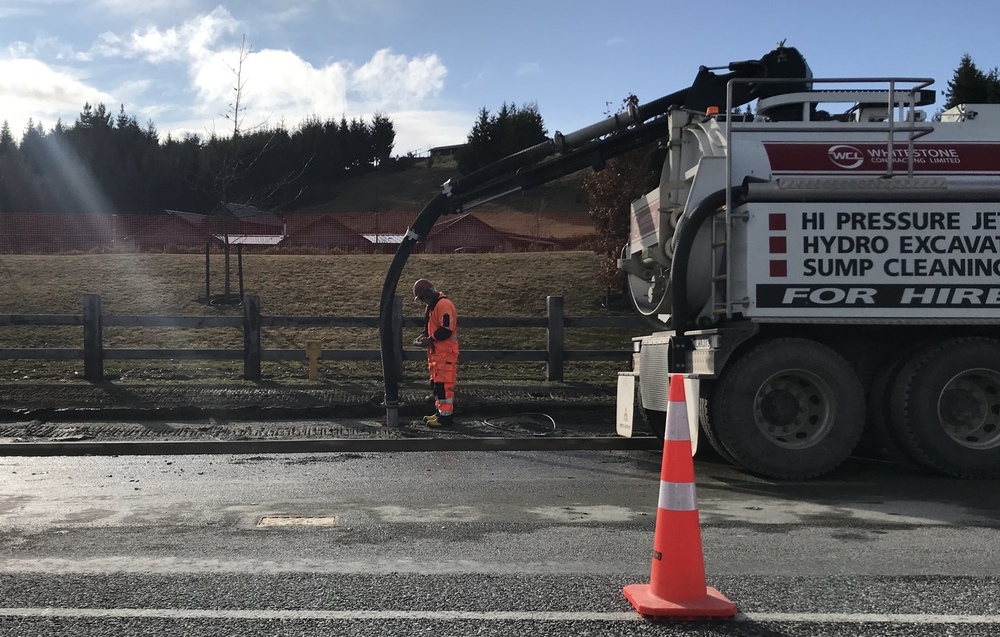Better management of water networks identified
Diana Cocks
22 July 2020, 6:00 PM
 The new bylaw will promote sustainable community behaviour towards water management.
The new bylaw will promote sustainable community behaviour towards water management.Heavy rain recently, with repeated flooding of Aubrey Road and Bullock Creek for example, is a reminder that Wanaka’s aging stormwater infrastructure needs further consideration and investment.
The Queenstown Lakes District Council (QLDC) has revised its regulations governing its three waters network in response to inadequate stormwater systems, a growing concern that the quality of water in the lakes and rivers from which we draw our drinking water is under threat, and the Otago Regional Council’s refusal to permit the council to discharge wastewater overflows into freshwater environments.
“The need for better outcomes for the management of stormwater and wastewater has become evident with the increase in population, large scale business operations and the need to protect the natural receiving environment and council’s infrastructure from harm,” QLDC infrastructure general manager Peter Hansby said in a report to council.
“The council therefore proposes to adopt a new Integrated Three Waters Bylaw 2020 to address these issues.”
A draft bylaw providing a regulatory framework to effectively manage the three water networks (stormwater, drinking water and wastewater - including trade waste) and integrating the regulations into one bylaw will be presented to QLDC at a full council meeting today (Thursday, July 23).

Stormwater from the Meadowstone residential suburb flows down Stoney Creek unchecked directly into Lake Wānaka.
The proposed new bylaw will replace the existing Trade Waste Bylaw 2014 and Water Supply Bylaw 2015 and will incorporate new provisions relating to the management of wastewater and stormwater.
It will help meet the current and future foreseeable needs of the district for good-quality
local infrastructure and provide a proactive approach to protecting public health. It will responsively manage the risks associated with the operation of the three waters network and will “expand the toolkit” available for council to protect the natural environment, Peter said.
He said the integration of the three waters will ensure a consistent approach to the
promotion of sustainable behaviours and activities in the district, including water
management, waste minimisation, on-site pre-treatment of trade waste and the control of
backflow contamination risks to our water supply.
Guardians of Lake Wānaka member Don Robertson said an integrated approach to the management of the district’s water network was a good first step and an opportunity to make it work better than it currently does.

Water being pumped from ponding on Aubrey Road this week.
He noted, however, that while the proposed bylaw speaks of protecting the receiving environment (the local lakes, rivers and surrounding land) there was no indication of baseline standards for that environment.
Neither the Otago Regional Council nor the QLDC has staff collecting water samples on a regular basis to provide a baseline on what is and isn’t healthy, Don said, so it’s questionable exactly what it is the bylaw will be trying to protect.
“There are popular swimming areas in Lake Wānaka where, particularly after rain, you wouldn’t want to be swimming because of the nasties [dog/cat/duck faeces and e.coli] in the stormwater discharging into the lake,” he said.
Don said he would be suggesting to the Guardians of Lake Wānaka it makes a submission to the bylaw in due course and he’s hoping a number of other switched on water based groups will also make submissions.
At tomorrow’s meeting it will be recommended that the council adopt the draft Integrated Three Waters Bylaw so it may be shared with the public.
Locals will be invited to make submissions to the council and a hearing will be announced in the future to consider the submissions.
PHOTOS: Wanaka App





